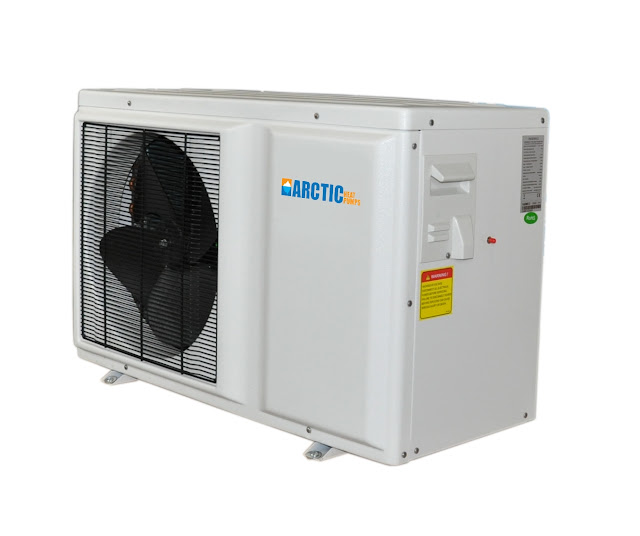How Does a Cold Weather Heat Pump Operate Seamlessly in Low Temperatures?
Finding efficient heating solutions becomes paramount, especially if you are living in regions where temperatures plunge to the lows. In the heart of these frigid conditions, the Arctic Cold Climate Heat Pump operates seamlessly. This heat pump unit is specifically designed to work efficiently even if the temperatures go as low as -25°C (-15°F).
Please read this blog and learn how this heat pump operates in cold climate weather:
Cold Air has Potential -
The fundamental concept behind the functionality of cold climate heat pump lies in the fact that even cold air harbors substantial energy. Contrary to the common belief, the air below freezing possesses nearly as much relative energy as its warmer air above freezing. The key to unlocking this energy lies in understanding how heat pumps work effortlessly in the latent warmth of the cold atmosphere.
Warm Always Moves to Cold -
Nature follows the basic principle that warm always moves to cold until the equilibrium condition is achieved. This principle becomes paramount in heat pump technology. By using a colder liquid, like Freon (that resists freezing until -50°C), the heat pump induces the warmer, -25°C air to transfer its energy to the colder Freon inside.
Pressure Determines Boiling Point -
Another important working principle of heat pumps is the correlation between pressure and boiling point. Different substances have varying boiling points that can be manipulated by changing the pressure. During the refrigeration cycle, the heat pump utilizes Freon, a refrigerant with a lower boiling point as compared to water. By adjusting the pressure, the refrigerant can be made to boil at -50°C facilitating energy absorption.
Understanding The Refrigeration Cycle -
When the -50°C Freon moves through a heat exchanger, the warmer energy from the outside air (-25°C) naturally goes towards the colder refrigerant. This exchange causes the Freon to absorb energy that allows it to evaporate and transform into a gas. The gas is then compressed in a compressor that intensifies its temperature and reduces its volume. This superheated gas traverses another heat exchanger, where it releases the heat to a water/glycol loop inside the home. The refrigerant gets cooled down reverted to a liquid, and is ready to start the cycle again.
Final Conclusion -
The working of a low-temperature heat pump depends on the basic scientific principles. By understanding the energy transfer, pressure, and phase changes, you will know how this heat pump operates efficiently even in the harshest cold climates.
Whether you need a cold climate heat pump to defy the cold or make your heat pump a source of warmth for your comfort, you should shop for an Arctic Cold Climate Heat Pump today. For more information about our heat pump products, feel free to contact Arctic Heat Pumps at 1-866-800-8123.



Comments
Post a Comment